MODERN RUMINANT LIVESTOCK FARMING
As a developing nation progressing toward becoming an advanced country, the agricultural and livestock sectors are crucial aspects in ensuring food supply and security. Dependence on imported agricultural-based food supplies exposes the country to risks of price manipulation and supply control by exporting nations, which can negatively impact the national economy.
In the field of animal husbandry, research encompasses a wide range of aspects, including nutrition, reproduction, disease, genetics, livestock management, and more, all of which influence livestock productivity and condition. Issues in these areas can affect farmers' livelihoods and the national food supply. Poultry, such as broiler chickens, have achieved high self-sufficiency, with production meeting domestic demand. However, populations of ruminant livestock such as cattle, buffalo, goats, and sheep remain too small to satisfy the high demand from Malaysians.
According to the Department of Veterinary Services' 2020 livestock statistics, the goat and sheep populations declined compared to 2019. Therefore, research is needed to find optimal solutions to enhance the productivity and efficiency of small ruminant farming, whether in terms of management systems, health, reproduction, or nutrition, tailored to local conditions.
FACTORS AFFECTING LIVESTOCK FERTILITY
Farm productivity is heavily influenced by the fertility levels of both male and female livestock. Several factors impact fertility, including:
Nutrition – Inadequate feed disrupts growth and reproductive performance, as nutrients are prioritized for vital bodily functions like digestion.
Environment – High temperatures cause heat stress, impairing reproductive efficiency.
Breed – Some breeds thrive only in specific climates. Introducing unsuitable breeds reduces productivity.
Management – Farming methods (intensive, semi-intensive, free-range) affect livestock health. Intensive systems allow better control, while free-range exposes animals to disease and parasites.
Disease – Infections and parasites can reduce fertility.
PPBGL ASSISTED REPRODUCTIVE TECHNOLOGIES (ARTs) IN LIVESTOCK FARMING
Assisted Reproductive Technologies (ARTs) offer methods to enhance fertility and productivity. However, higher costs and skill requirements limit their accessibility for small-scale farmers. Continuous research is needed to develop cost-effective alternatives.
PPBGL ARTs Expertise:
Artificial Insemination (AI)
Widely used in Malaysia, AI improves genetic quality and reduces costs by minimizing the need for male livestock. Success rates are higher in cattle than in small ruminants (goats/sheep). Dairy farms frequently use AI to avoid natural mating costs.
Semen Collection Techniques
Artificial Vagina (AV): The most efficient method, mimicking natural mating without stress.
Electro-Ejaculation (EE): Less efficient, as urine contamination reduces sperm quality.
Sperm Cryopreservation
Enables long-term storage of high-quality genetic material using liquid nitrogen (-196°C). Requires extenders (nutrient-rich media) to protect sperm from cold shock. PPBGL optimized the best quality of post-thaw sperm for AI, especially for Barbados Blackbelly rams.
Ultrasound Imaging
Allows early pregnancy detection (as early as one month) and fetal monitoring. Helps optimize nutrition and management for pregnant livestock.
Oocyte Maturation
PPBGL optimized procedure for small ruminant oocyte maturation
In Vitro Fertilization
Intracytoplasmic Sperm Injection (ICSI)
FUTURE PROSPECTS OF TECHNOLOGY IN LIVESTOCK FARMING
Rapid population growth increases demand for protein, but self-sufficiency ratios (SSR) vary by livestock type. While poultry and pork production meet local demand, ruminant meat still relies on imports due to:
a) Lack of exposure to productive farming methods.
b) Shortage of skilled labor in ruminant farming.
c) Poor genetic quality and high production costs.
To address this, ARTs must be adopted not only by government agencies but also by farmers. Training programs should be expanded to develop skilled professionals in this field, ensuring sustainable livestock production for the future.
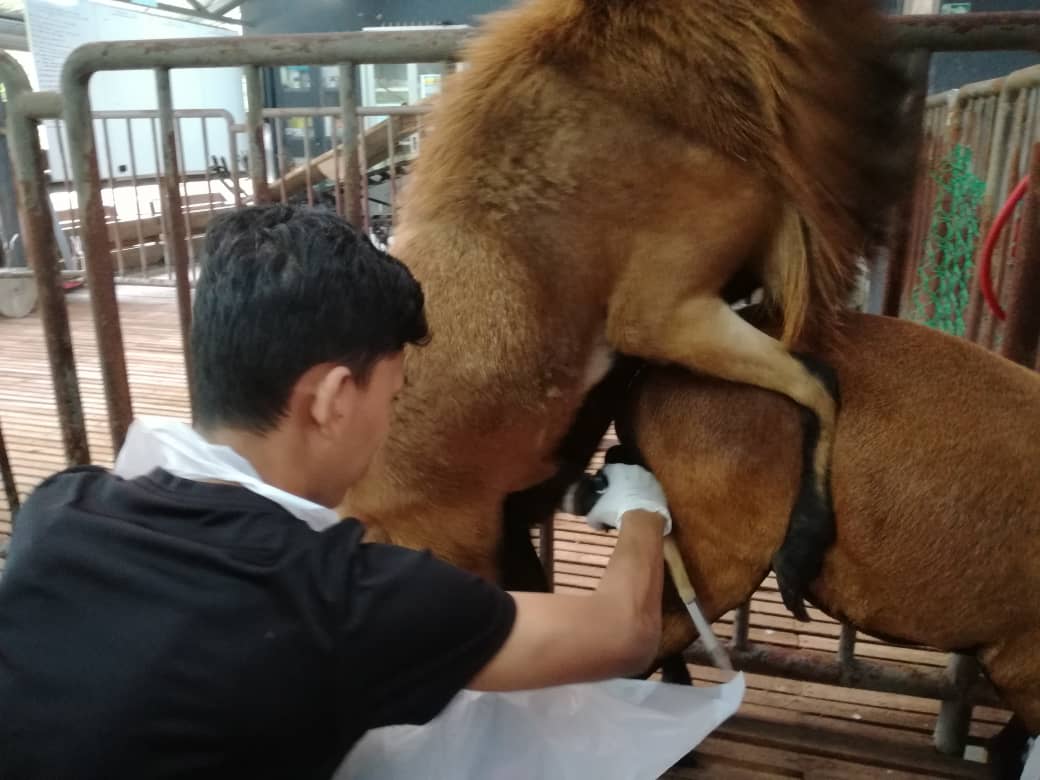
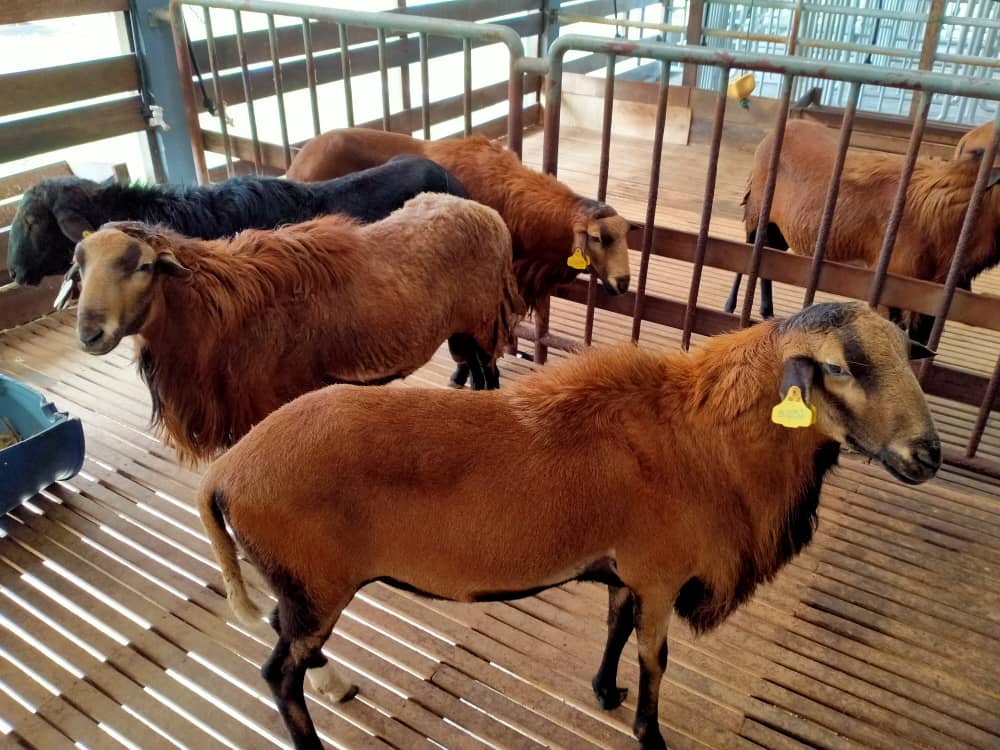
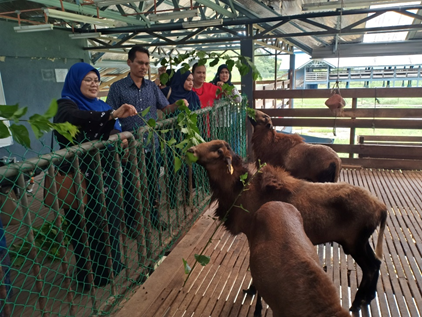
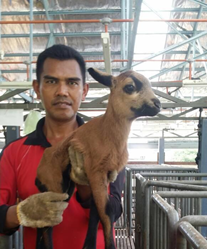
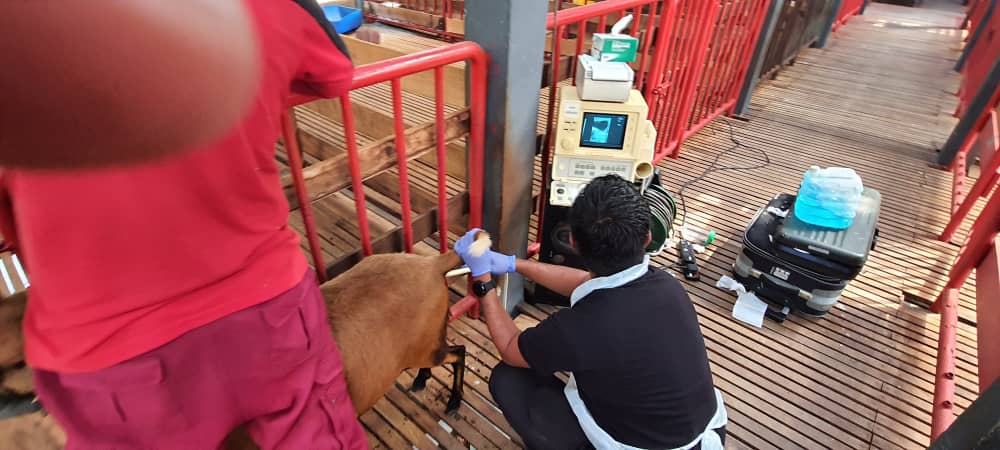
Mohd Shahmi Hakimi Mazlishah
Research Officer
shahmi@um.edu.my
Pusat Penyelidikan Bioteknologi Glami Lemi Universiti Malaya
Last Update: 16/08/2025